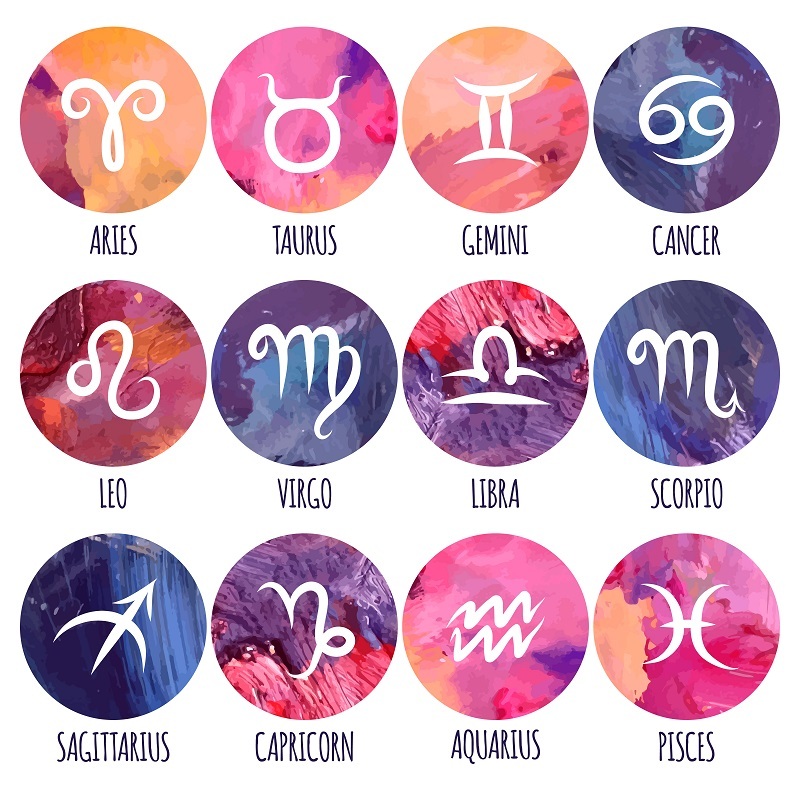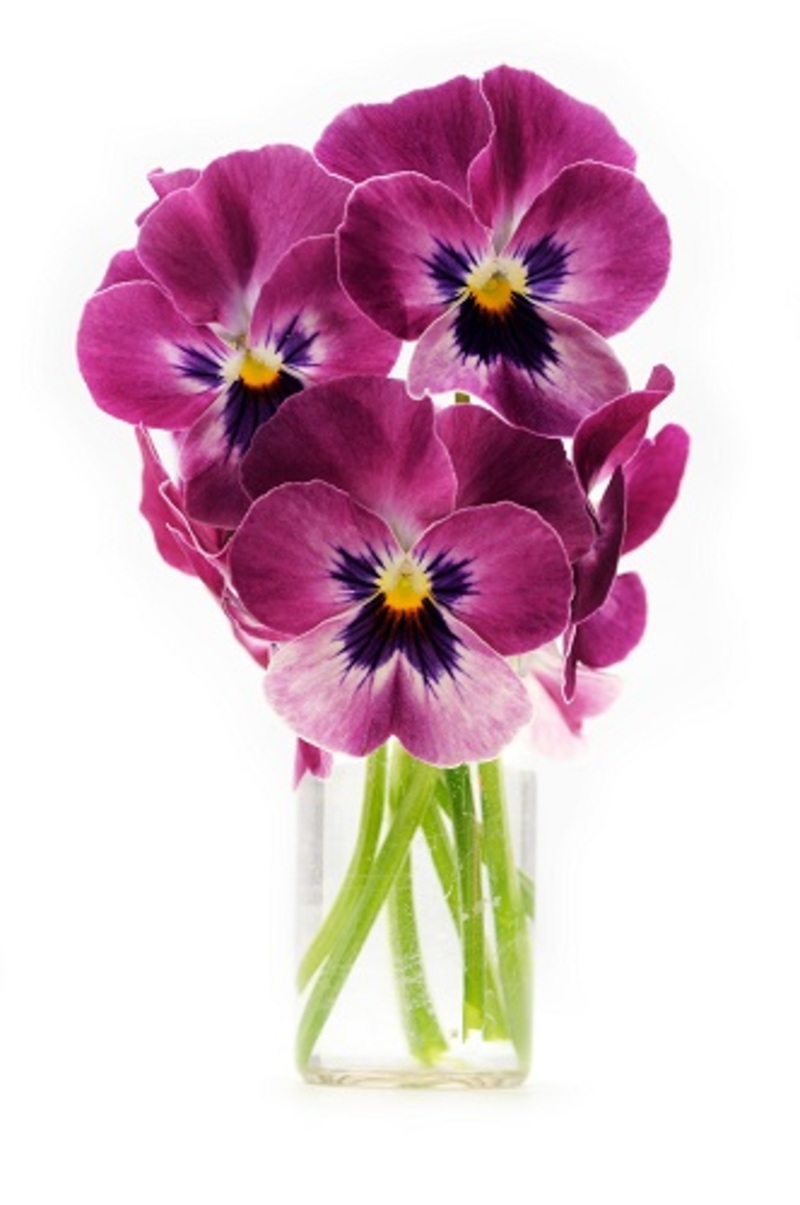Embark on a journey through these 7 amazing tulip facts
Posted on 22/08/2025
Embark on a Journey Through These 7 Amazing Tulip Facts
From the blooming gardens of the Netherlands to vibrant spring displays around the globe, tulips have enchanted humanity for centuries. But how much do you truly know about these colorful wonders? Join us as we embark on a journey through seven delightful and fascinating tulip facts that will deepen your appreciation for these iconic flowers. Whether you're a seasoned gardener or a casual admirer, these insights will surprise, educate, and inspire you to see tulips in a whole new light.

1. Tulips Didn't Originate in the Netherlands
Although the Netherlands is famed for its tulip fields and annual tulip festivals, these beautiful blooms actually trace their origins much farther east. Tulips are native to the mountainous regions of Central Asia, particularly the countries that are now Kazakhstan, Uzbekistan, Turkmenistan, and parts of western China.
The Journey Westward
- Wild tulips were first cultivated as early as the 10th century.
- They were especially cherished by the Ottoman Empire, where sultans enjoyed tulip gardens and used tulip motifs in art and architecture.
- The word "tulip" comes from the Persian word "delband", meaning turban, in reference to the flower's shape.
- Tulips were introduced to Europe in the 16th century and quickly became beloved for their exotic beauty.
2. The Dutch Tulip Mania: The World's First Economic Bubble
One of the most captivating tulip facts centers on the phenomenon known as Tulip Mania. In the early 17th century, the Dutch Republic was swept up in a speculative frenzy for rare and uniquely colored tulip bulbs. Prices soared to unprecedented heights, making some bulbs worth more than gold!
Fascinating Details About Tulip Mania
- Tulip prices skyrocketed between 1634 and 1637.
- At the peak of Tulip Mania, a single rare bulb could be traded for a luxurious house in Amsterdam.
- The bubble burst dramatically in February 1637, leading to financial ruin for many speculators.
- Tulip Mania is often referenced as the first recorded speculative bubble in economic history.
While the aftermath was devastating for some, this colorful episode forever cemented the tulip's place in Dutch culture.
3. There Are Over 3,000 Tulip Varieties
Tulip lovers rejoice: the world of tulips is vast, boasting over 3,000 registered varieties! These varieties are organized into 15 official groups, based on their bloom times, shapes, and flower forms.
Types of Tulips
- Single Early Tulips: These classic-shaped blooms flower early in the season, offering bright and vibrant colors.
- Double Late Tulips: These lush, peony-like blossoms appear at the end of the tulip season.
- Parrot Tulips: Known for their frilled, feathered petals and unusual color patterns.
- Viridiflora Tulips: Distinguished by green streaks in their petals.
- Lily-Flowered Tulips: Elegant and slender, with pointed petals reminiscent of lilies.
Whether you favor simple elegance or flamboyant flair, there's a tulip type for every taste.
4. Tulips Come in Nearly Every Color
Tulips are celebrated for their incredibly diverse spectrum of colors. You can find tulips in almost every color of the rainbow: vivid reds, sunny yellows, vibrant purples, and dazzling whites.
Exception: True Blue Is Missing
- Tulips do not naturally occur in a true blue hue.
- While breeders have created purple, violet, and lilac shades, blue tulips remain elusive.
- The quest for a blue tulip remains a captivating challenge for horticulturalists.
Some tulip varieties even have petals with intricate patterns, stripes, or an ombre effect, making them a favorite for creative floral designers and gardeners alike.
5. Tulip Bulbs Once Saved Lives
Did you know tulips played a surprising role during times of war? During World War II, the Dutch faced a severe famine, particularly during the "Hunger Winter" of 1944-45. With very little food available, people turned to desperate measures for survival--including eating tulip bulbs.
The Life-Saving Power of Tulip Bulbs
- Tulip bulbs are starchy, like potatoes, and can be cooked and made into flour or soup.
- While not palatable--and sometimes slightly toxic if improperly prepared--the bulbs helped many Dutch families survive until the war ended.
- This remarkable chapter in tulip history shows just how significant these flowers have been beyond their beauty.
Today, eating tulip bulbs is not recommended, but this fact serves as a poignant reminder of the resilience and ingenuity of people in times of crisis.
6. The Tulip as a Symbol: Love, Royalty, and More
Tulips aren't only admired for their looks--they're steeped in symbolism across many cultures. Depending on the context, tulips symbolize love, royalty, abundance, and even rebirth.
Tulip Meanings Around the World
- Red tulips traditionally signify deep love and passion.
- Yellow tulips used to symbolize hopeless love, but nowadays represent cheerfulness and happiness.
- White tulips are associated with forgiveness, purity, and respect.
- The Ottoman Empire regarded tulips as symbols of paradise on earth.
- In the Netherlands today, tulips are national icons representing the country's cultural heritage.
Giving tulips as a gift conveys a subtle, thoughtful message--making them an excellent choice for everything from birthdays to anniversaries.
7. Keukenhof: The World's Most Famous Tulip Garden
If you're ever in the Netherlands during the spring, a visit to Keukenhof Gardens is a must. Also known as the "Garden of Europe," Keukenhof is the largest flower garden on the continent and the premier destination for tulip lovers worldwide.
Keukenhof at a Glance
- Located in Lisse, just outside Amsterdam.
- Boasts over 7 million bulbs planted each year, including hundreds of tulip varieties.
- The garden covers a staggering 79 acres (32 hectares).
- Keukenhof is open for just 8 weeks each spring, drawing visitors from all over the globe.
- The displays range from sweeping fields of solid color to artistic floral mosaics.
Keukenhof showcases the full spectrum of tulip diversity and is a testament to human ingenuity and love for these blooms.
Other Interesting Tulip Facts Worth Knowing
- The largest producer of tulip bulbs in the world is still the Netherlands, exporting billions of bulbs annually.
- Tulips usually flower for only 1-2 weeks per season, emphasizing the fleeting nature of their beauty.
- Tulips continue to grow even after being cut--they can elongate up to an inch or more in a vase!
- Artists like Rembrandt immortalized tulips in paintings, particularly during the Dutch Golden Age.
- Tulip petals are edible (when prepared safely) and sometimes used as garnishes on salads.

How to Grow and Care for Tulips in Your Garden
Inspired to grow your own tulips after learning these amazing facts? Here's a quick guide to planting and caring for these timeless flowers:
Planting Tulip Bulbs:
- Choose healthy bulbs: Opt for large, firm, unblemished tulip bulbs for best results.
- Plant in autumn: Tulip bulbs should be planted in fall, about 6-8 weeks before the first hard frost.
- Pick a sunny spot: Tulips thrive in locations that receive full or partial sunlight.
- Well-draining soil: Avoid areas where water puddles after rain.
- Plant bulbs 6-8 inches deep, pointy side up, and 4-6 inches apart.
Caring for Tulips:
- Water after planting and during dry spells in the growing season.
- Remove faded blooms to encourage bulb strength for next year.
- Allow foliage to die back naturally after flowering--this restores energy to the bulb.
- Consider lifting and storing bulbs if you have damp summers or want to prevent overcrowding.
With a bit of care and attention, you'll enjoy a vibrant display of tulip flowers for many springs to come.
Conclusion: The Enduring Allure of Tulips
As we've seen through these 7 incredible tulip facts, there's so much more to tulips than meets the eye. From their ancient origins to economic history, global symbolism, and life-saving resilience, tulips are truly extraordinary flowers. They've colored the course of history, inspired artists and poets, and continue to delight millions each spring.
So, the next time you gaze upon a bed of tulips, remember the remarkable stories behind their petals. Whether you grow them in your garden, admire them at Keukenhof, or gift them to a friend, tulips will always embody beauty, tradition, and hope.
Embark on your own journey through tulip lore, and let these stunning blooms bring color and wonder to your world.
Latest Posts
Embark on a journey through these 7 amazing tulip facts
Discover Ways to Retain the Beauty of Your Cut Flowers
The Cultural Significance of Red Roses on Valentine's Day





